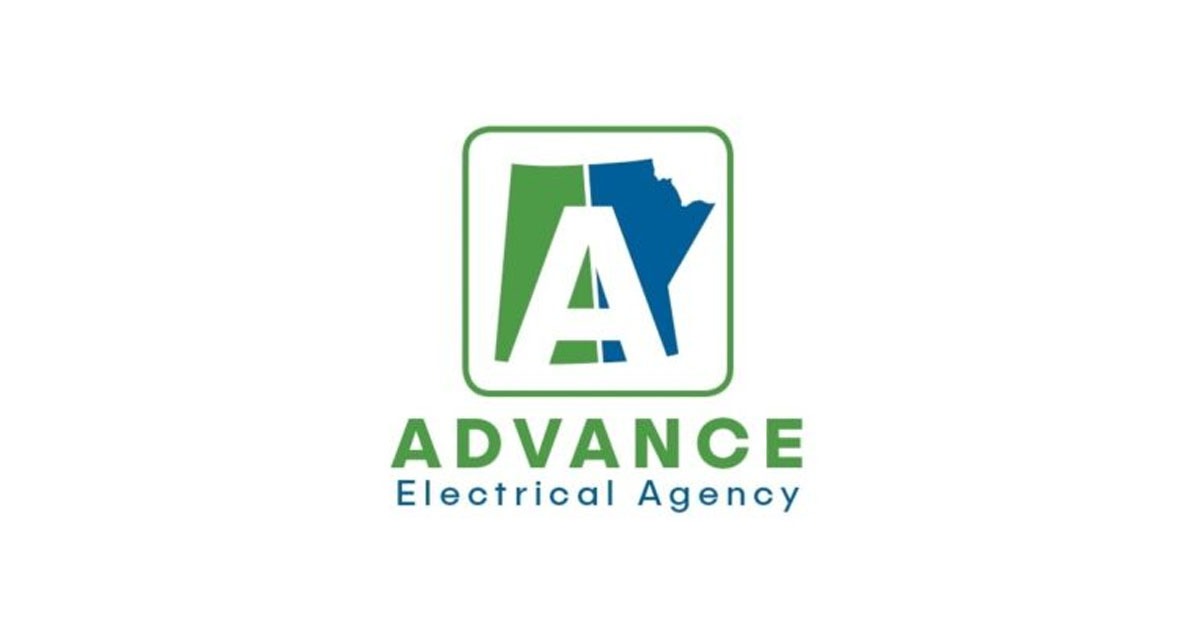Loss, Theft, Damage… What is the Cost?

May 13, 2016
Imagine that we are in a sales meeting. If we discuss losses in this meeting, what do we talk about? We could talk about theft, general shrinkage, and, of course, the running over of products by forklifts. However, I wonder if we should instead discuss what to do when loss occurs, and how to cover that loss. If we were in this sales meeting together, I would tell you about a loss of a $100.00 item. The cost to cover that $100.00 item…potentially $5,000.00 in additional sales. I would close the meeting by saying, “Get out there, you awesome sales professionals, and sell $5,000.00 more to make it up! You can do it!”
I feel like this conversation with the sales team might go over like a lead balloon. If you have ever found yourself standing at the business end of an angry customer call because your inventory is “missing”, “lost”, or otherwise in-dispose…then you need to keep reading. Loss is a very serious and very important issue in all of our companies. This subject of losses does not just cover physically lost items, but this covers: misplaced items, miscounted items, items that leave as “samples” but aren’t logged, mis-shipped items, misidentified items, items run over by a forklift, and of course, theft.
So you might be asking how I came up with this giant number, isn’t the replacement just another $100.00 item? The reason you will need to sell $5,000.00 in additional sales to make up that $100.00 takes into consideration that if your net profit as a percentage of gross sales is 2%, you can divide that times the $100.00 loss and get…$5,000.00. Do you think your warehouse “losses”, runs over, damages $100.00 a month in your product/cash/inventory? What is your net profit percentage, and how much would you have to sell, in additional sales, to replace that item?
Here is an example of what it might cost your company depending on your net profit percentage, the more net profit percentage from sales, the less the cost to cover your loss:

I have some quick thoughts on what you might want to do to start identifying and stopping losses.
Lock down your warehouse
What are you doing to help reduce these issues from happening in the first place? I personally do not think you need to invest in a bunch of cameras or put listening devices in the break room. The first thing you need to do is open your office door and walk to the warehouse and start showing your smiling face. If you are wearing heels and reading this right now, there is no excuse for you not to be out there. I have people who can vouch for me, I wore my heels out there just like they wear boots or tennis shoes, and I would do it again (at the very least have some flats under your desk).
While you are making your presence known, ask yourself how easy it was for you to walk in there. Was there any security or questions as to why you are there? Are you being escorted or just blindly trusted? Can you snatch things off the shelf and then present them later as a dollar amount of lost product to your warehouse team?
There is no need to stay locked up in your office and hand down policy and obligatory emails. You personally need to check on your people, walk in the aisles, do not keep a schedule. Just show up. Do not treat people like they are criminals, but take a loss seriously.
Do not just let anyone wander in and out of your warehouse. Not customers, freight employees, suppliers, or sales people. Not you, not anyone should be allowed without an escort and a purchase order. Put “do not cross” tape on the floor at the entrances of your warehouse. Make sure your warehouse staff is all wearing the same colour shirts; bright orange, yellow, green, etc. works perfectly and stands out. Anyone not wearing a warehouse employee shirt should not be allowed to be alone in the warehouse. That includes the president, CEO, COO, CFO, any C_O needs to be escorted to prove a point. Rules are rules. Loss is a loss, this is not a trust issue, make this is a protection issue.
Create an Environment of Responsibility and Accountability
If you believe your inventory is cash, you cannot be the only person in your organization that feels like this. Everyone in your warehouse should be 100% bought into the idea that they are the protectors of your inventory and the protectors of your net profit. Make sure you are encouraging, rewarding, and training people to be super sleuths. If someone is constantly running over products on the forklift, then they might need to be retrained. When someone has issues putting away products correctly or processing returns, they need to be retrained. If cycle count is always wrong on one item or area in your warehouse during cycle counts, fix it. Bottom line: if your warehouse people are not on your team and not serious about reducing losses then you will lose more than $100.00 in products a week, I promise.
Be smart:
You may not want to believe it, but people who have opportunity, well…just remember people are people. Check your dumpsters regularly, check bathrooms, and break rooms to make sure that nothing is leaving your company unauthorized. Even if you sell items that do not seem like something people might steal; tape, tape guns, bubble wrap, boxes etc.? These things still cost you money and hurt your bottom line. In some cases, you might really need cameras outside your warehouse entrances to see what is leaving, especially if you are having issues that you can’t solve. Do you stand at the exit and greet people as they leave? Do you tell everyone to have a nice day and shake a few hands? This relationship, done sporadically yet often, can prevent loss as well.
Try not to ignore issues as just another “thing” that happened. Investigate, don’t waste a ton of time on it, but do keep track, follow trends and be aware. Allowing yourself to get tunnel vision could make you miss the opportunities that are in front of you to prevent loss. Training, information, allowing people to feel valuable, and making sure the warehouse is on lockdown will help you reduce losses. If you really feel like saving money is the key to good business, then practice making sure everyone in contact with your inventory understands the value; and keep your money. As always, I look forward to your emails and am here to help.
Danah Head is an Executive Advisor for The Distribution Team, a firm that specializes in helping distributors become more profitable through strategic planning and operating efficiencies. Danah has an MBA in Technology Management for Supply Chain and completed work for a Masters in Adult Education and Corporate Training. While pursuing education, she worked in different purchasing and supply chain roles within the manufacturing industry. With real world experience and technical training help her find the best solutions for warehouse and distribution companies. One way she does this is via a Business Reality 101 simulation game designed to dispel common business misunderstandings for the whole company! For more information, call (918) 992-5022 or e-mail danah@distributionteam.com. Also be sure to visit The Distribution Team online www.thedistributionteam.com. Now: @Distribution_Tm on Twitter
More from Danah Head in CEW…
Loss, Theft, Damage… What is the Cost?
Customers = Profitability… Right?
Loss, Theft, Damage… What is the Cost?
May Flowers Start with April Showers











